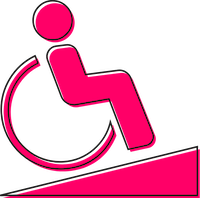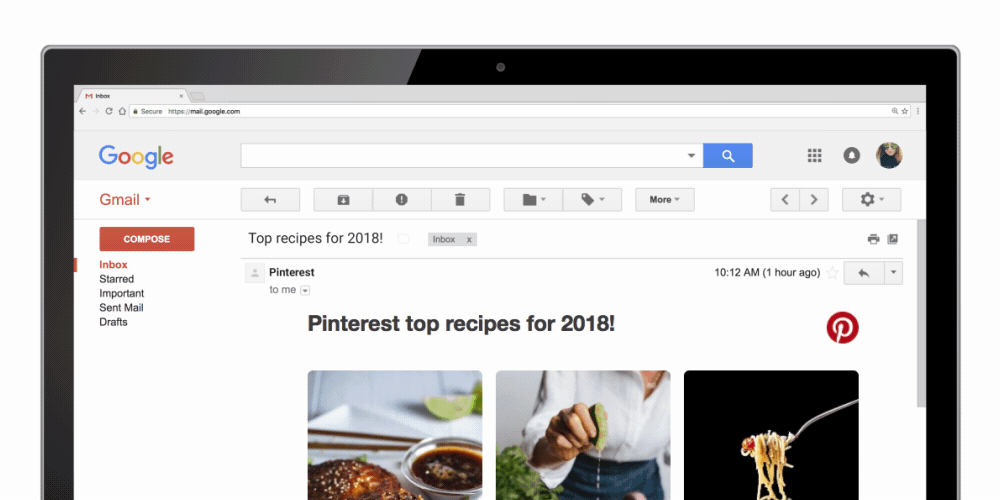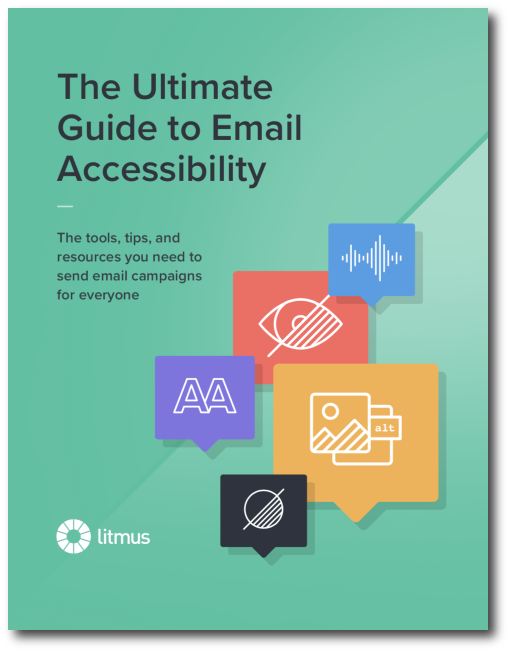Why Emails Are Like Stairs—and How to Take the Next Step
Email is constantly changing, with new trends and technologies making the news all the time. But it can be hard to understand whether that “next new thing” actually has an impact on your email programs. Everyone’s talking about interactivity and AMP for Email—should I be working on this now? Accessibility is a hot topic, so is that where I should focus?
Truth is, whether you should focus on a trend or new technology depends a lot on where your email program is currently and who your audience is. Different trends, technologies, and tactics are building blocks that are key in different phases of email maturity.
Creating an email program is a lot like adding a set of stairs to a building. Stairs are standard for multi-level buildings—much like an email program is standard for a marketing campaign. But while stairs work, you might have to go a step further. You might need to add ramps for individuals in wheelchairs, or carrying rolling luggage. Maybe you have a building where an elevator makes the most sense in addition to a stairwell. Sometimes, escalators make the most sense. It’s the same way for email—you’re building an email program with many different kinds of subscribers and you simply need to think past your basic “stairs.”
Accessibility = Wheelchair Ramp

Accessible email can be compared to a wheelchair ramp next to a set of stairs. In many cases, they’re mandated to support people with disabilities, so there’s a legal interest in implementing them.
First and foremost ramps support people with disabilities. But there’s more to it: Think about all the situations when you used a ramp to wheel luggage or a stroller into a building. Optimizing for accessibility helps the disabled, but it also makes life easier for everyone else. It’s no different in email. Making your emails more accessible means more people can consume your messages, while at the same time improving the experience for everyone.
Not to mention, there’s the popular wisdom that we should all be supporting accessibility because not only is it easy to implement, but it’s also just the ethical thing to do for all of your emails.
Classic Interactivity (Progressive Enhancement) = Escalator

Classic interactive email is like a set of escalators. If an escalator breaks down, it turns into stairs and is still functional. “Classic” interactivity (versus AMP, which we’ll cover below) is usually produced by progressively enhancing a standard email with CSS to create features like interactive carousels, hotspots, add-to-cart functionality, interactive quizzes, hover effects, faux-video, and more. If the interactive elements aren’t supported by an email client, the email can fall back to a standard, non-interactive format within the same HTML document.
AMP4Email = Elevator

AMP4Email was introduced by Google in early 2018 as a method to produce interactivity and real-time dynamic content in email. On the surface, it does very similar things to classic interactive emails, but it’s based on Javascript instead of progressively-enhanced CSS.
If you’ve ever worked with jQuery before, it works on a similar framework in the sense that you import a .JS file from Google’s CDN, and then your code references the functionality in that hosted Javascript library. You can’t alter the referenced .JS file either, so developers are reliant on the code that Google has provided rather than writing their own. It also uses a completely new MIME type from HTML emails, which can result in marketers needing to send out Text, HTML, and AMP versions of the same email for each MIME type. On top of everything else, writing AMP email code requires learning new AMP-specific markup language.

I like to compare it to an elevator. When an elevator breaks down, it just breaks down. It does not turn into stairs like an escalator and becomes effectively useless. You’d need to take a separate staircase in case of emergency, so to speak. Same with AMP: You need a different HTML document sent as a separate MIME type to support audiences that can’t view AMP on their email clients yet. You can read more about where AMP is currently supported here. Other than the lack of email client support, the only ESPs that can actually send AMP Emails right now are Amazon SES, Sendgrid, and Sparkpost.
So should I take the stairs, use a ramp, or take the escalator or elevator?
At minimum, basic email accessibility should be default for your email programs. It helps every single one of your subscribers, whether they have a permanent, temporary, or situational disability. Just like including a ramp next to a staircase in your building doesn’t take much effort but makes a big impact, so does email accessibility.
When it comes to classic email interactivity and AMP4Email, it really depends on your brand’s needs. You don’t need to implement AMP if none of your subscribers use email clients that support it—much like you might not need an elevator if an escalator does the trick. There’s no point in creating more work and expense for your team if the need isn’t there. It may be tricky at first to find out what’s best for you and your brand, but once you find the right tool for the right job, you’ll be making an email program that everyone can use in no time.
 | Ultimate Guide to Email AccessibilityThis guide has the insights and step-by-step advice you need to write, design, and code emails that can be enjoyed by anyone—regardless of their ability. |

Alice Li
Alice Li was a Principal Email Engineer at Litmus
